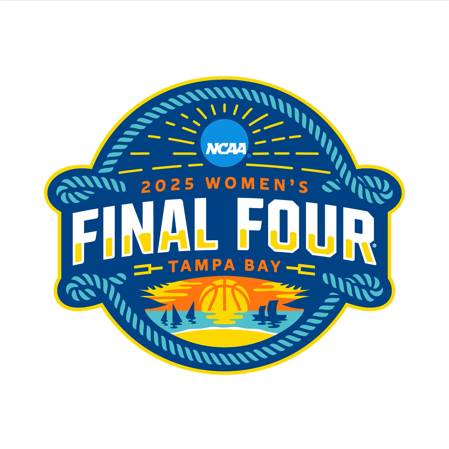Above photo: Project 10 STING RAY students pose during a birthday party for Quan Jones (pictured in blue hat). Jessica Jagodzinski | Project 10 STING RAY
By Jeffrey Waitkevich
First, STING RAY students at USF St. Petersburg battled for the right to walk at graduation ceremonies. Now, they don’t get to celebrate at all.
In late December, Danielle Roberts-Dahm, the director of Project 10 STING RAY, notified the students that the program was discontinued until further notice. “The program is no longer aligned with the University of South Florida System’s current priorities,” her email said.
STING RAY, which stands for Students Transitioning Into the Next Generation, Recognizing Alternatives for Youth, is dedicated to help students ages 18-22 with intellectual disabilities get the opportunity to experience, and succeed in, college.
But the program “is not supported by the USF System as mission-centric,” said Interim Regional Chancellor Martin Tadlock. “The mission of the university really is on helping those students admitted here on a credit pathway to being successful and complete.”
Last June, Roberts-Dahm notified students that the program would not operate in the fall after a federal grant ended in 2016-17. USF St. Petersburg was working to secure private funding from the State Center for Students with Unique Abilities at UCF, she said.
It was assumed that once another funding source was secured, the program would reopen. But that proved wrong.
“It wasn’t about the funding,” said Tadlock, who said he was discouraged from supporting continuation of the program in favor of additional focus on traditional students.
Roberts-Dahm and Bill Heller, director of the Bishop Center for Ethical Leadership and longtime champion of the STING RAY program, declined to comment, deferring instead to Tadlock.
Project 10 STING RAY was introduced at USF St. Petersburg in April 2010 with six students. In its seven-year tenure, it offered participants one class per semester and three mentors – one for academics, one from the community, and one peer from the student body.
In 2012, the students met with then-Mayor Bill Foster. Advocates of the program also campaigned unsuccessfully to let STING RAY students participate in graduation ceremonies.
Quan Jones, 22, one of the best-known students on campus, recalled some of the opportunities Project 10 STING RAY provided for him.
Beyond just helping him open up to people, he said, the program gave him the chance to speak in front of 200 people, speak on the radio and be featured on the online magazine HerCampus and National Public Radio’s “StateImpact” program.
Jones said he is concerned about future students with similar disabilities.
“I’m kind of worried because I experienced it,” he said. “I want someone else who has that type of disability to experience it as well. It’s so important.”
While other schools in Florida – UCF, FIU and the Florida State College of Jacksonville – offer similar programs, they are rare.
Jones, a St. Petersburg native, said he remains motivated to succeed in the journalism field. His goals now include getting his GED and a traditional degree from St. Petersburg College.
Janet Keeler, a journalism professor at USF St. Petersburg, said she was discouraged to hear about the discontinuation of STING RAY. She emphasized the importance of the diversity that STING RAY students bring.
“[Jones] had some great ideas for stories and could seemingly find sources on anything because he knows the campus so well,” said Keeler.
In the fall semester, the first since Project 10 STING RAY ended, Keeler taught a non-degree-seeking student with intellectual disabilities. That presented a greater challenge because of the lack of support from the school, she said.
“It was more difficult because he didn’t have a mentor with him, and there was no one to talk to,” said Keeler. “When I had the STING RAY program, I could talk to the people who ran it and say, ‘What’s the best things for Quan or the student I have? What kind of challenges can I give him and how can I help him?’ When they eliminated it, there’s really no support for teachers or for them.”



